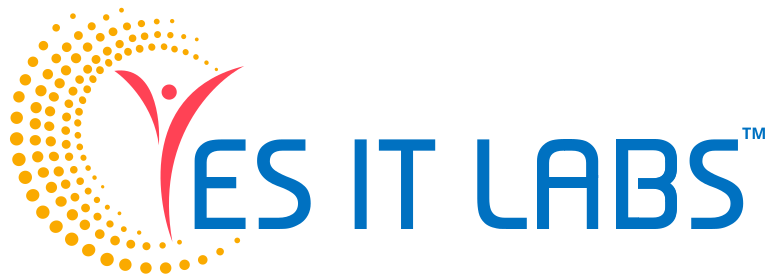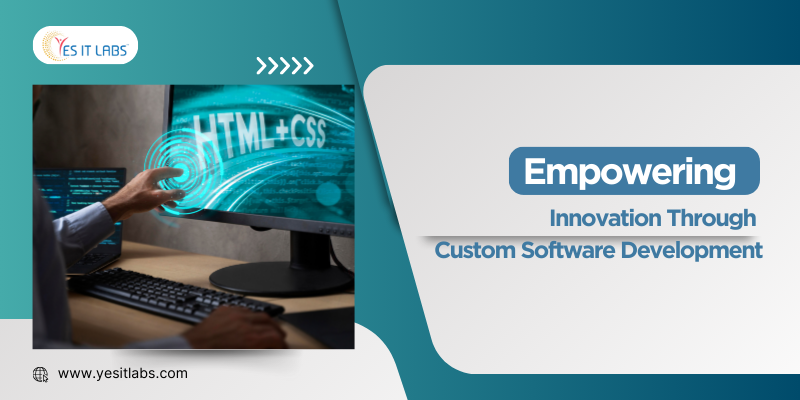In the dynamic landscape of custom software development services, creating a Minimum Viable Product (MVP) is a strategic approach to launching a product that meets the application development needs of your target audience while minimizing initial investment and maximizing learning and feedback. Here’s a comprehensive guide on how to successfully build your MVP:
Understanding the Concept of Minimum Viable Product
A Minimum Viable Product (MVP) is the simplest version of your product that allows you to collect the maximum amount of validated learning about customers with the least effort. It serves as a foundation upon which additional features and functionalities can be built based on feedback and market validation.
Identifying Your Target Audience and Market Needs
Before diving into software development for companies, it’s crucial to thoroughly understand your target audience and their pain points. Conduct market research, analyze competitors, and gather insights to identify the core needs your MVP should address. Define your target demographic, their preferences, and the problem your product solves.
Defining MVP Goals and Objectives

Set clear goals and objectives for your MVP. Determine what success looks like—whether it’s user engagement metrics, conversion rates, or market validation. Align these goals with your overall business strategy to ensure your MVP contributes to long-term success.
Prioritizing Features and Functionality
When custom software development, prioritize features and functionalities that directly address the identified market needs and provide unique value to your users. Focus on essential features that demonstrate the core functionality of your product while keeping the scope manageable and development time short.
Developing an MVP Roadmap
Create a roadmap outlining the software development company stages of your MVP. Break down tasks into manageable milestones with clear timelines and responsibilities. Agile methodologies like Scrum or Kanban can be effective in managing development iterations and adapting to changing requirements.
Testing and Iterating Your MVP
Once your MVP is developed, conduct rigorous testing to ensure functionality and usability. Gather feedback from early adopters and beta testers to identify areas for improvement. Iterate based on user insights and data analytics to refine features and enhance user experience.
Measuring Success and Gathering Feedback
Define key performance indicators (KPIs) to measure the success of your MVP. Track metrics such as user retention, engagement rates, conversion funnels, and customer feedback. Use analytics tools to gather quantitative data and conduct qualitative research through surveys, interviews, and usability tests.
Scaling Your MVP to Full Product
Based on the feedback and success metrics collected from your MVP, make informed decisions about scaling your product. Incorporate additional features and functionalities iteratively while maintaining focus on delivering value to your users. Continuously monitor market trends and user needs to guide product development.
Additional Insights and Best Practices
1. Building User-Centered Design
Ensure your MVP focuses on offshore software development and usability. Conduct usability testing early in the development process to identify and address potential usability issues. Incorporate intuitive navigation, clear calls to action, and responsive design to enhance user satisfaction.
2. Lean Startup Principles
Embrace lean startup principles when custom software development services your MVP. Validate assumptions quickly through rapid prototyping and iterative development cycles. Use feedback loops to pivot or persevere based on market response and user behavior.
3. Iterative Development and Continuous Improvement
Adopt an iterative development approach to continuously improve your MVP. Release frequent updates and enhancements based on user feedback and emerging market trends. Prioritize continuous learning and adaptation to stay ahead of the competition and meet evolving customer needs.
4. Cross-Functional Collaboration
Foster cross-functional collaboration between application development, design, marketing, and customer support teams. Encourage open communication and shared accountability to streamline development processes and ensure alignment with business goals.
5. Risk Management and Mitigation
Identify potential risks and challenges early in the MVP development phase. Develop contingency plans and mitigation strategies to address technical, market, or operational risks. Monitor project progress closely and adjust plans as needed to minimize disruptions and ensure timely delivery.
Conclusion
Building a Minimum Viable Product (MVP) is a strategic approach to validating your product idea and gaining valuable insights from early users. By focusing on core functionalities, gathering feedback, and iterating based on market validation, you can optimize your offshore software development process and increase your chances of long-term success in the competitive software market.
Start your MVP journey today to bring innovative solutions to market faster and more effectively than ever before.









